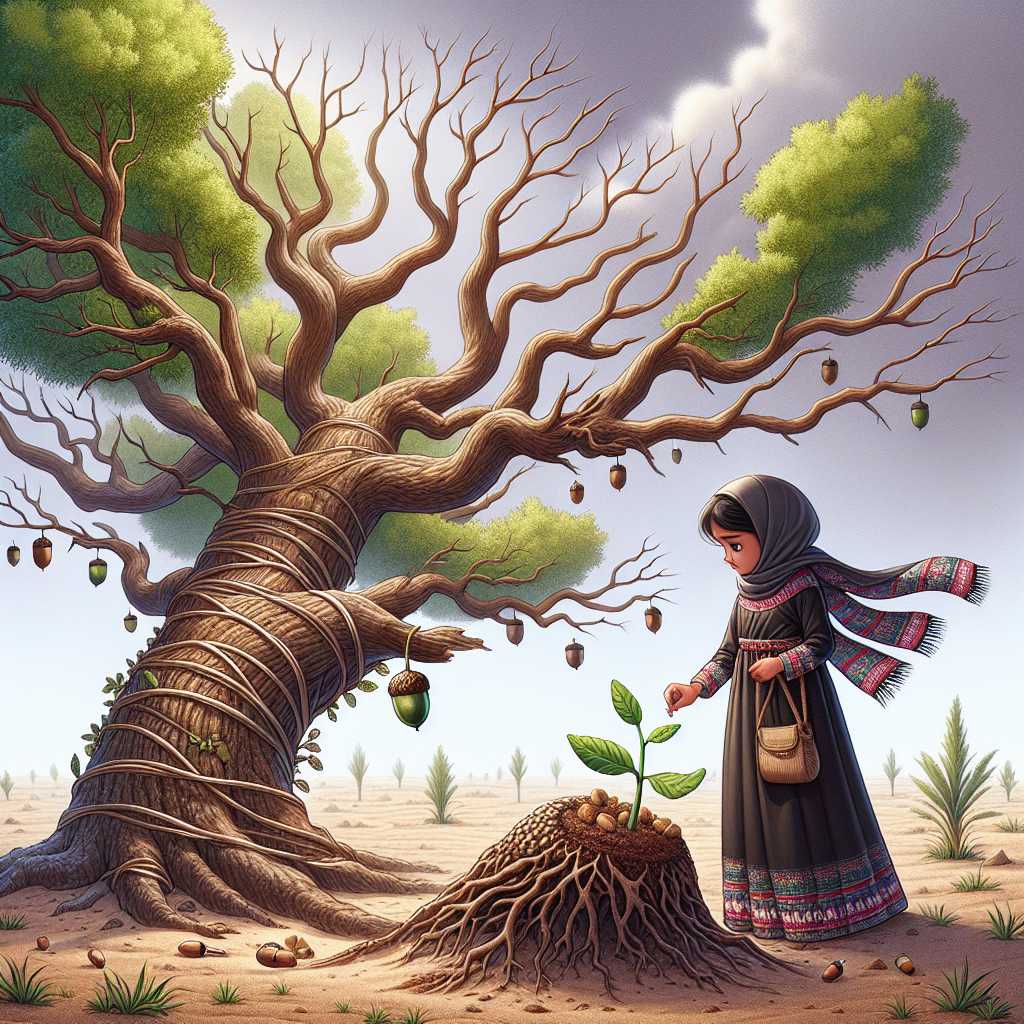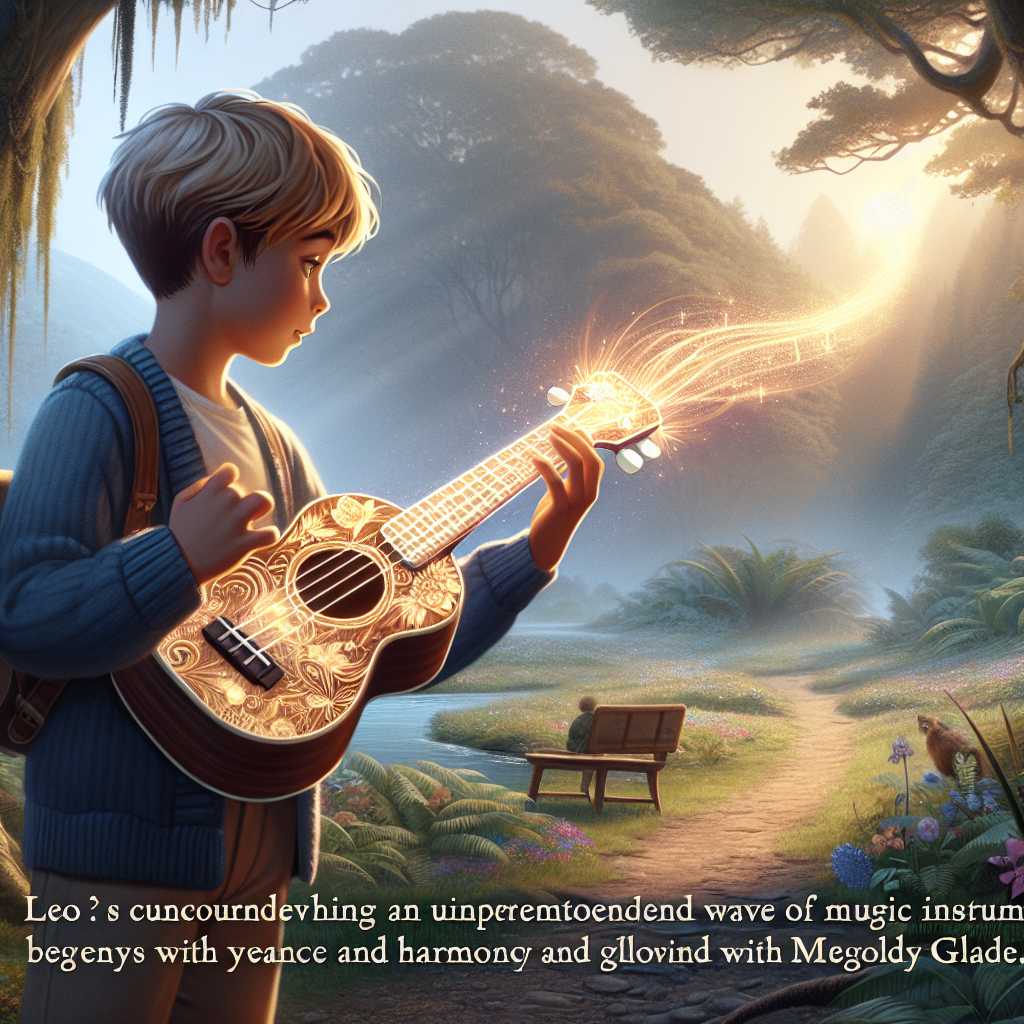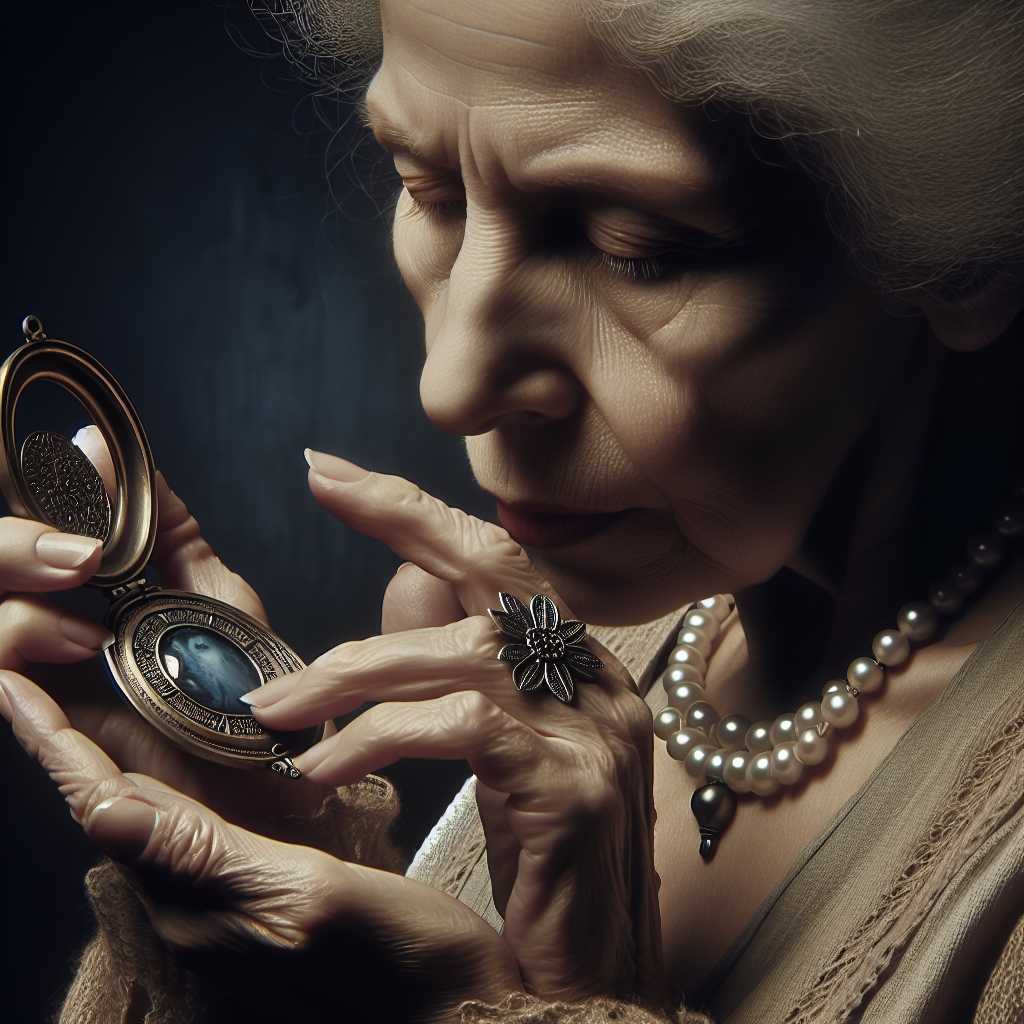
In the quiet village of Elmswood, nestled between rolling hills and thick forests, there stood an ancient oak that everyone simply called “The Monarch.” Towering and majestic, it stretched its branches far and wide, casting long, protective shadows over the playground below. Here, the village children would gather every afternoon, their laughter tangling with the wind rustling through its leaves.
Sarah, a bright-eyed girl with hair as golden as the sun, was one of these children. She had an affinity for climbing the mighty branches, an activity that awarded her the unofficial title of the climber's queen. Her world was small but complete within the embrace of the Monarch. Yet, one day, that simple happiness was overshadowed by a quiet dread looming in the minds of Elmswood's villagers.
“It’s dying,” the villagers whispered as they gathered around the base of the tree one Sunday afternoon. “The old Monarch is dying.”
The villagers stared up at the oak, noticing details they had long ignored. Its bark seemed to peel away more with each passing week, and its leaves—once a vibrant canvas of green—were now dwindling and brown, even in the heart of spring. There was a sadness that hung about its branches, a stark contrast to the life it had once housed.
Concern turned to action as some suggested trimming its limbs to reduce stress, while others felt it was time to plant new saplings. Amid this turmoil, Sarah sat quietly beneath the tree, her fingers tracing the intricate patterns of the bark. To her, the tree was more than its current decay; it was a steadfast friend that had held countless secret conversations, witnessed her triumphs and defeats, and provided comfort in times when the world felt too big.
With each day, Sarah felt the pressing weight of inevitability bear down upon her. The village adults spoke of “letting go” and “moving on,” but the thought of parting with the Monarch filled her with a profound emptiness. She feared that with its end would also come the end of a chapter in her life—a chapter of dreams and innocent joys.
Determined not to lose her cherished friend without a fight, Sarah borrowed an old gardening book from the village library. Late into the night, under the dim glow of her bedside lamp, she would devour its pages, seeking solutions hidden among lines of dense text. Words like “compost,” “soil fertility,” and “mycorrhiza” became her new lexicon. She researched tirelessly, her heart brimming with hope that somehow, she could save the Monarch.
In her youthful optimism, she set to work every afternoon after school, dragging heavy bags of fertilizer and compost to the tree's base. Her small hands were calloused and her brow was often dotted with sweat, but her resolve only strengthened with each passing day. She spoke to the tree, detailed her plans, and described the future she dreamed of—a future where its branches would once again be teeming with life and laughter.
Seasons shifted, the days stretching into weeks, and weeks tumbling into months. Yet, the Monarch's condition continued to decline. Its once-stately visage was now a somber silhouette against the sky. Despite Sarah's efforts, the leaves only grew thinner, the branches more brittle. Despair began to creep into her heart, casting doubt upon her once-steadfast resolve.
One evening, as the earth exhaled the cool breath of autumn, Sarah sat beneath the tree, clutching a faded old photograph of the Monarch in its full glory. Tears, unchecked and silent, traced paths down her cheeks.
“I tried,” she whispered to the tree, her voice catching with emotion. “I tried my best. I’m so sorry.”
In the days that followed, the inevitable day came. The villagers, solemn yet resolved, gathered around The Monarch for one last time. Hushed voices filled the air with a tender farewell, as the decision was made to sever what could no longer be saved. The stump that remained was a tragic reminder of what once was, a hollow in their hearts and the landscape of Elmswood.
Sarah watched from a distance, unable to bring herself to approach. The sight felt unreal, as if in doing so, the finality of it all would consume her. Her steps took her not away, but towards the parts of the forest she hadn’t explored, places the grandeur of the Monarch had once overshadowed.
She wandered until she reached a sunlit glade where nature’s orchestra played softly through the swaying leaves. As she stood there, the fragrance of blooming wildflowers wrapped around her, she realized something amid her heartache—a seed of understanding that quietly sprouted in her mind.
Though the Monarch had gone, its spirit lingered in every corner of Elmswood. Its memory wasn’t bound by its physical form, but rather in every fond recollection, every laugh that still echoed across the fields. It lived in Sarah’s heart and in the hearts of all who’d stood beneath it.
With time, new life would root itself where The Monarch once stood. Seasons would come and go, and the oak’s tale would be whispered from one generation to the next—a symbol of strength and the gentle reminder of nature’s cycle, ever-renewing and yet never truly lost.
And so, the once withering oak became an immortal Monarch, a beacon of memory, woven into the very soul of Elmswood, cherished forever by those who remembered. Sarah returned often to the glade, now filled with the promising whisper of saplings, forever the queen of the climbing hearts.










